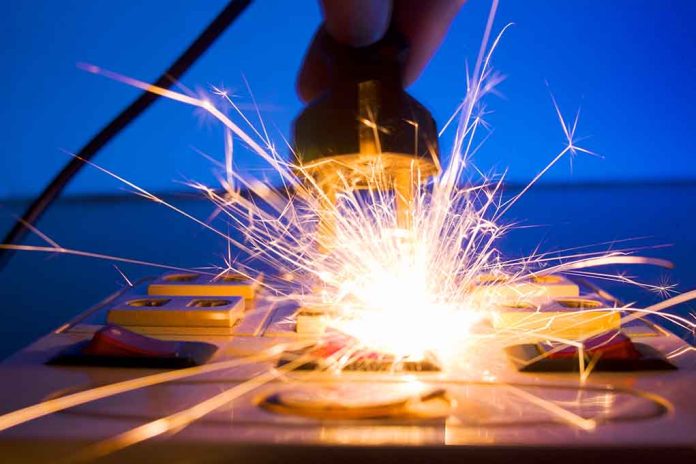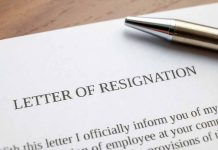
(UnitedVoice.com) – During the national health crisis, many Americans began stockpiling supplies and learning how to survive without traditional infrastructure. The prepper movement was already growing at a rapid pace by that point and only became more popular. Last year, experts predicted the industry would top $2 billion by 2030. Hundreds of thousands of Americans are also moving off the grid.
Living off the grid means a person has decided to buy land and become self-sustaining. They typically don’t connect to the electricity grid or hook their utilities up to their local municipality. Instead, they build wells to provide them with water or get it from a nearby source. They also use solar panels or other sources to provide electricity. The homes often include composting toilets, tankless water heaters, rainwater collection systems, septic systems, and other things to provide sustainable comfort.
According to US News & World Report, over 250,000 people in the US have gone off-grid. Some have chosen to downsize their lifestyle and now live in shipping container homes or other tiny houses. Bailey Carson, an expert with Angi, explained that the type of home a person builds depends on where they intend to get their water and electricity from.
Researchers have revealed the number of “preppers” has doubled in size since 2017. There are now about 20 million people who have learned or who are learning how to care for themselves without the help of the government. Some of them have chosen to do so as a means to escape possible political upheaval in America. Others have moved off the grid to save money as the price of services continues to rise.
Attendees of a prepper convention told the press that they decided to get involved in the movement because of the 2021 power grid crisis in Texas, the disruption to the supply chains during the national health crisis, and for other reasons. And it looks like millions more are following suit.
Copyright 2024, UnitedVoice.com






















